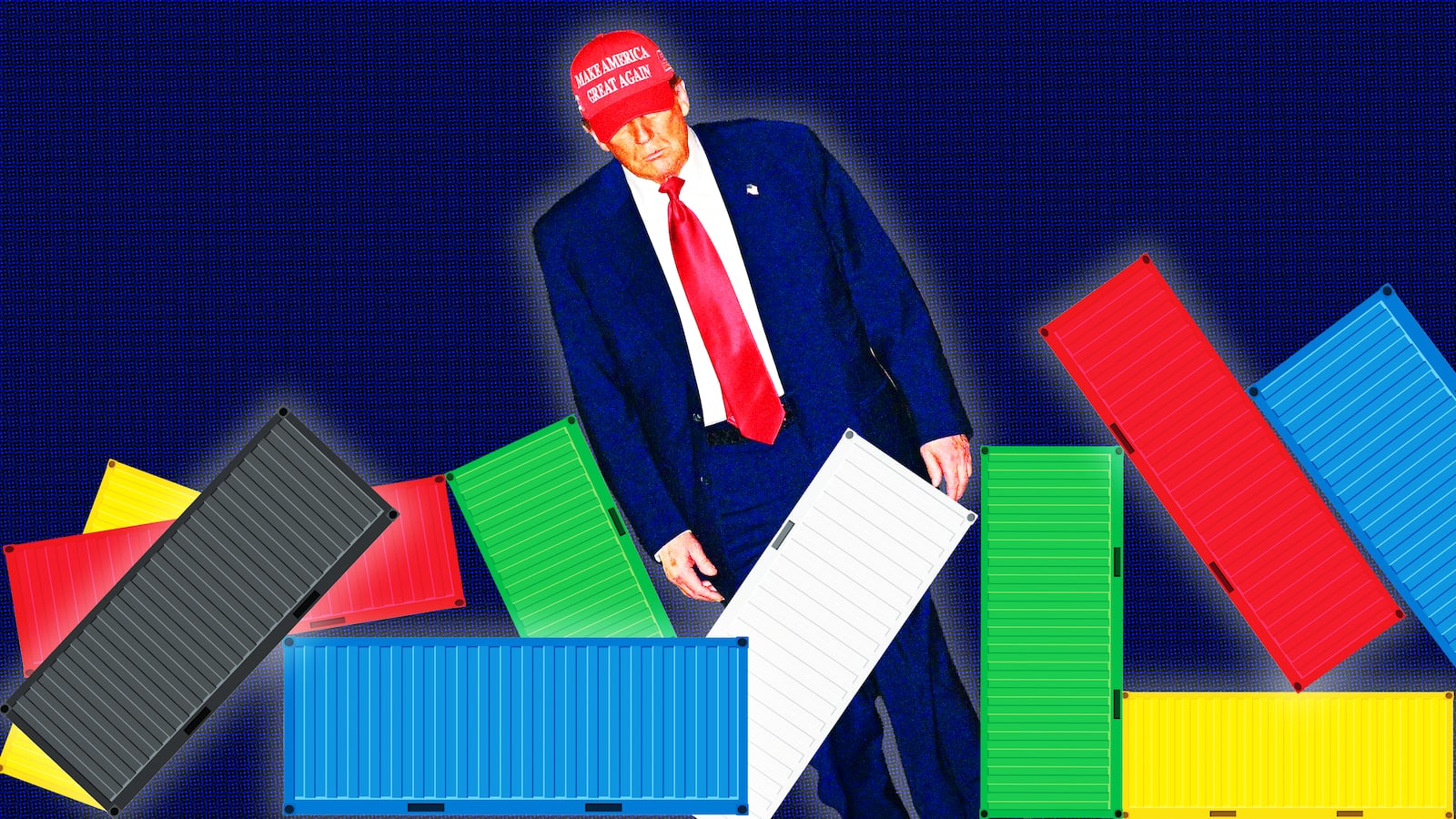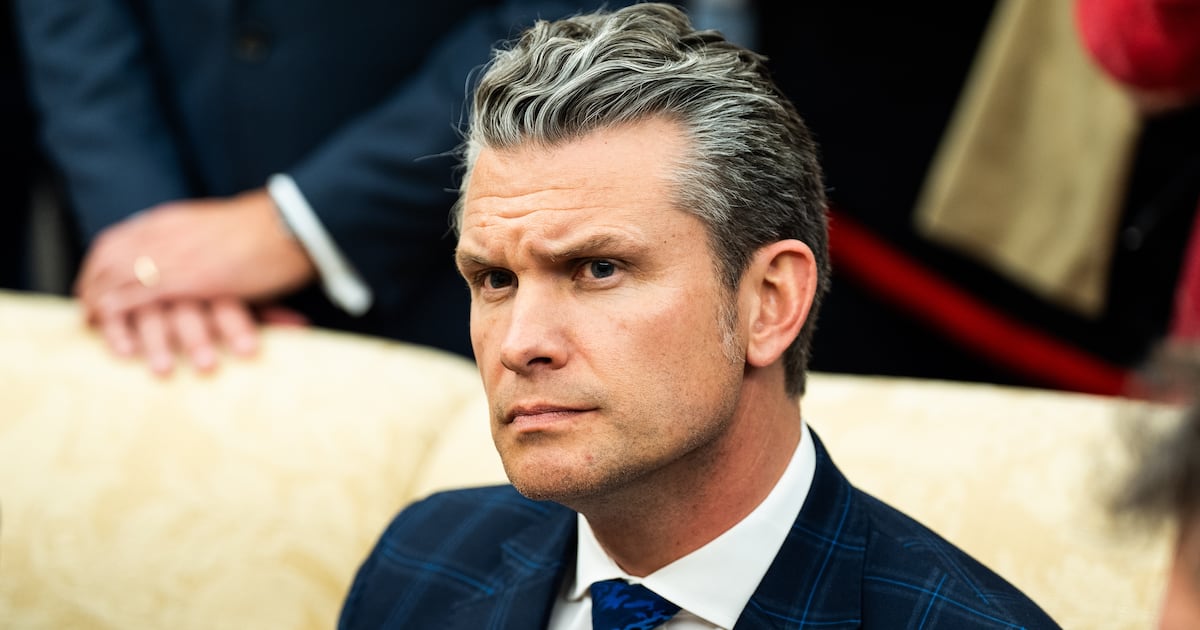The math in President Donald Trump’s tariff formula isn’t adding up—and even conservatives are confused.
The American Enterprise Institute, a prominent conservative Washington think tank, said the Trump administration appears to have missed a crucial distinction made in a 2021 paper cited as one of the bases of its tariff formula, causing the final levies to be about four times higher than what they should have been.
“The formula for the tariffs… does not make economic sense,” AEI senior fellows Kevin Corinth and Stan Veuger wrote. “But even if one were to take the Trump Administration’s tariff formula seriously, it makes an error that inflates the tariffs assumed to be levied by foreign countries four-fold.”

Under the Trump administration’s formula, the reciprocal tariff is equal to the U.S. trade deficit divided by U.S. imports from a given country, divided by two. One variable in the formula relates to the “elasticity of import prices with respect to tariffs” and was assigned a value of 0.25.
AEI said, however, that this value should have actually been 0.945.
“Their mistake is that they base the elasticity on the response of retail prices to tariffs, as opposed to import prices as they should have done,” the think tank said. “The article they cite by Alberto Cavallo and his coauthors makes this distinction clear.”
Cavallo, a Harvard Business School professor, published a 2021 paper with Gita Gopinath, Brent Neiman, and Jenny Tang that dissected the impact of U.S. trade policies on prices.
“The authors state that ‘tariffs [are] passed through almost fully to US import prices,’ while finding ‘more mixed evidence regarding retail price increases,‘” AEI said. “It is inconsistent to multiply the elasticity of import demand with respect to import prices by the elasticity of retail prices with respect to tariffs.”
Even Cavallo himself was not sure the Trump administration applied their findings correctly.
“It is not entirely clear how they use our findings,” he said in a post on X. “Based on our research, the elasticity of import prices with respect to tariffs is closer to 1. If that figure were used instead of 0.25, the implied reciprocal tariffs would come out about four times smaller.”
AEI said if the error in Trump’s formula was corrected, the final tariffs slapped on each country would be “about a fourth of their stated level” and would not exceed 14 percent for any nation.
In a big “Liberation Day” ceremony at the White House last week, Trump announced a baseline tariff of 10 percent on all imports and additional levies ranging from 17 percent to 50 percent on some 60 countries deemed by the administration as the “worst offenders” in trade policy.
“Our view is that the formula the administration relied on has no foundation in either economic theory or trade law,” AEI said. “But if we are going to pretend that it is a sound basis for U.S. trade policy, we should at least be allowed to expect that the relevant White House officials do their calculations carefully. Hopefully they will correct their mistake soon.”
A White House official defended its formula, telling the Daily Beast that its formula uses retail prices for tariff pass-through to reflect consumers’ decision-making—rather than the more traditionally used wholesale price.
Various other critics from all sides of the political spectrum have scorched the math behind Trump’s tariff formula, which led to a stock market bloodbath not seen since March 2020.
The president has put up an unbothered front, insisting that the hemorrhaging was “to be expected.”
“It was a sick patient and went through an operation on Liberation Day,” Trump said of the economy on Thursday before flying out to Florida for a golf weekend. “The operation’s over and now we let it settle in.”






